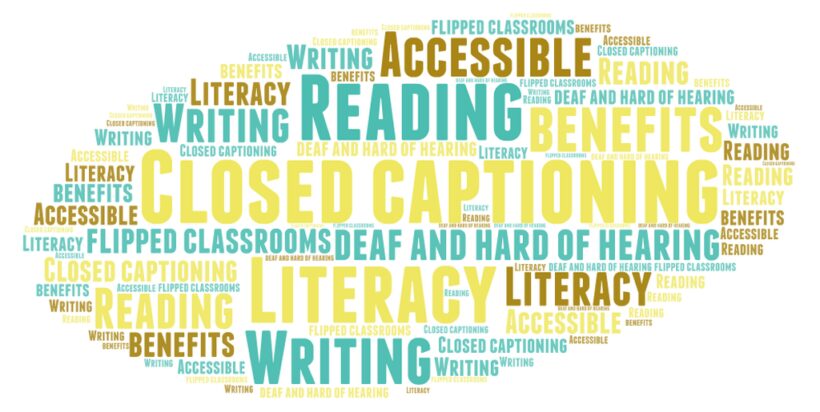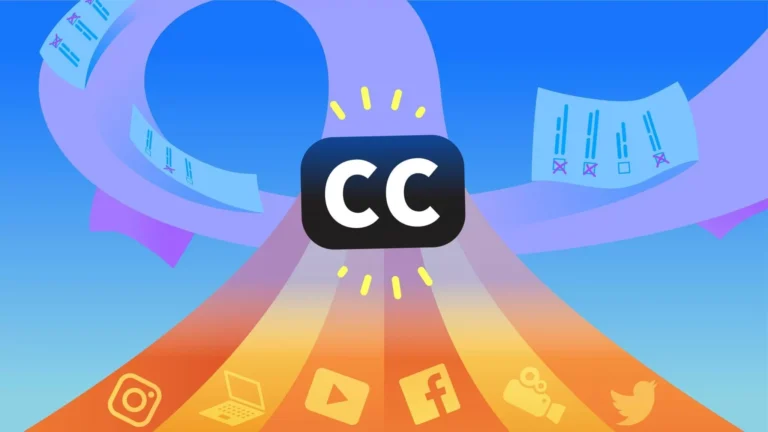Educational and training videos are a popular and effective way to provide learning opportunities for employees, students, and customers. However, creating high-quality content that effectively communicates complex ideas and concepts can be challenging. To improve such videos, you need to focus on several key areas, including content, delivery, and engagement.
One important way to improve learning videos is to provide clear and concise content. This means avoiding unnecessary jargon, using simple language, and breaking down complex concepts into smaller, more manageable parts. It is also vital to organize the content with clear transitions between different topics and sections so your viewers can follow it easily. Using visuals, such as diagrams or animations, can also be a great way to enhance understanding and engagement. Finally, focus on providing closed captioning for your videos.
Focusing on these areas allows you to create high-quality videos that effectively communicate key ideas and concepts to your audience. Today, however, we’re going to talk about closed captions and the value they bring to learners.
The Value of Closed Captioning for Educational Purposes

Closed captions are text descriptions of spoken words and other audio information in a video or other media format. They are helpful for viewers who are deaf or hard of hearing, or who are watching in a noisy environment, to understand what is being said. A viewer can turn closed captions on and off, hence the name “closed” captions. They typically show up at the bottom of the screen and synchronize with the audio. This means the text corresponds to the spoken words and sound effects in real-time.
Pre-prepared captions tend to be more accurate and have better quality than the automated variety, as they are the creations of trained professionals who can ensure correct and properly timed results. Closed captions are an important accessibility feature that can help make video content more inclusive and accessible to a broader audience.
Better Inclusion
Closed captions are particularly valuable for educational videos because they improve accessibility and comprehension for a wide range of viewers. Who finds them useful? Closed captions aid individuals who are deaf or hard of hearing, but they can also be beneficial for people who are learning a new language, have a learning disability, or are watching the video in a noisy environment. By offering a variety of learning modes, including visual and auditory, closed captions can cater to different learning styles and preferences.
Higher Knowledge Retention
By providing text descriptions of the spoken words in a video, closed captions can help learners better understand the content of the video. They can also help students to retain information better, as reading the text while they listen to the audio can reinforce their learning. In addition, closed captions can help students to focus and stay engaged, as they can read along with the video and visualize the concepts at the root of the discussion.
Closed captions are critical when the training material is technical or contains complex terminology. By reading along with the captions, viewers can better grasp the meaning of the content and retain it for future use. This way, there is less potential for misunderstandings or misinterpretations of training content.
Improved Search Capability
Closed captions can also be helpful for students who need to review the content of a video later on. With closed captions, they can easily search for and find specific information within the video. This feature can be handy for students who are preparing for exams or who need to reference particular concepts covered in the video at a later time.
More Flexibility
Closed captions make training videos more flexible and user-friendly. Viewers can turn the captions on or off, depending on their preferences and learning needs. They can also watch the training video in a quiet or noisy environment without having to turn up the volume. Therefore, learners can absorb knowledge wherever they may be.
Higher Compliance
In some countries and industries, closed captions are a legal requirement for training videos. By including accurate captions in educational content, companies can ensure compliance with relevant accessibility and anti-discrimination laws.
Broader Reach

Once you have your closed captions, you can translate them into multiple languages. Therefore, you can create training videos accessible to a global audience. Companies with international employees or those that operate in numerous countries will find this aspect highly attractive.
Deliver a Clear Message With Closed Captions Today
Overall, closed captions can enhance the effectiveness and accessibility of your videos while also providing a range of benefits to both you and your viewers. So, start delivering a clear message with closed captions today and take advantage of the benefits they offer. Begin your journey by contacting a captioning company that knows what it’s doing. Once you pivot your teaching methods, you’ll realize how much information your learners will retain!

